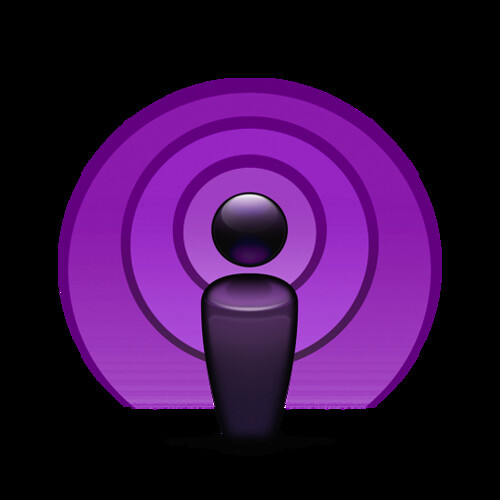E-commerce refers to the use of the internet to be able to make purchases online. A great example of this would be Domino's ability to be able to order a pizza and track where it is along the process without ever consulting a sales associate by voice or in store. This entire process has been automated and websites such as Paypal will securely store information of credit cards and bank accounts as well as address in order to make it easy for customers to buy things online.
M-commerce refers to the use of mobile devices such as phones and tablets in order to be able to practice e-commerce on the go. The new technology paypass is used here in this image as the consumer uses their phone to make a payment easily.
For more information visit
https://www.internetretailer.com/2014/04/28/e-commerce-and-m-commerce-next-five-years

Image by
Evans, Alan, and Kendall Martin. Technology in Action: Introductory. 11th ed. Pearson, 2015. Print.






